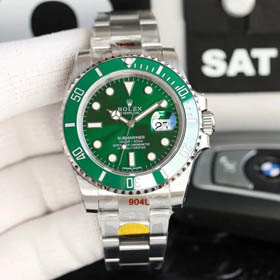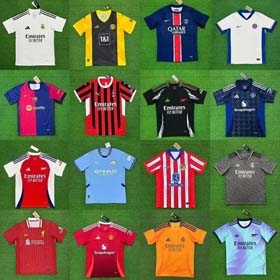Enhancing Girard-Perregaux QC Efficiency
IntroductionThe Girard-Perregaux brand is synonymous with precision and quality in the world of luxury watches. To maintain this reputation, the quality control (QC) process is crucial. E-commerce platforms and personal shoppers can leverage Girard-Perregaux's spreadsheet to optimize the efficiency of the watch inspection team. This article will explore how to use this tool to streamline tasks, track progress, and analyze performance, ultimately enhancing the overall quality control workflow.Assigning Quality Control TasksWithin the Girard-Perregaux spreadsheet, tasks can be systematically assigned to individual QC team members. Each task should be clearly defined, including the specific watch model, the inspection criteria, and the deadline for completion. This structured approach ensures that every team member understands their responsibilities and can focus on their assigned tasks without confusion.Tracking Work ProgressProgress tracking is vital for managing the workflow effectively. The spreadsheet should include a section where team members can update their progress in real-time. This feature allows supervisors to monitor the status of each task and identify any potential bottlenecks or delays. By having a clear overview of the ongoing work, adjustments can be made promptly to maintain the efficiency of the QC process.Recording and Analyzing Quality Control TimeRecording the time taken for each inspection is essential for analyzing the efficiency of the QC process. The spreadsheet should capture the start and end times for each task, allowing for the calculation of total inspection time per watch. This data can be used to identify trends, such as which models take longer to inspect or which team members are more efficient. By analyzing this information, the QC process can be optimized to reduce inspection times without compromising on quality.Analyzing Error RatesQuality control is not just about ensuring that watches meet the standards; it's also about identifying and learning from errors. The spreadsheet should have a section dedicated to recording any errors found during the inspection process. By analyzing the error rates, the team can identify common issues and take corrective actions to minimize future errors. This continuous improvement approach is key to maintaining the high standards of Girard-Perregaux watches.Setting Task Reminders and AlertsTo ensure that deadlines are met and tasks are not overlooked, the spreadsheet can be configured to send reminders and alerts. These notifications can be set up based on the task's deadline, reminding team members to complete their assigned tasks on time. Additionally, alerts can be triggered if a task is taking longer than expected, allowing for proactive intervention to address any issues.Optimizing Quality Control Workflow and Staff AllocationBy combining the data from the spreadsheet with the specific requirements of watch quality control, the workflow can be optimized. This might involve reassigning tasks based on the expertise of team members, adjusting deadlines to account for complex inspections, or reallocating resources to handle high-volume periods. The goal is to create a flexible yet efficient system that can adapt to the unique demands of the Girard-Perregaux brand.ConclusionLeveraging a Girard-Perregaux spreadsheet for quality control tasks can significantly enhance the efficiency of the inspection process. By assigning tasks, tracking progress, analyzing time and error rates, and setting reminders, the QC team can work more effectively. This approach not only maintains the brand's reputation for excellence but also ensures that customers receive the highest quality watches.For more information on Girard-Perregaux's commitment to quality, visit their official website.



















